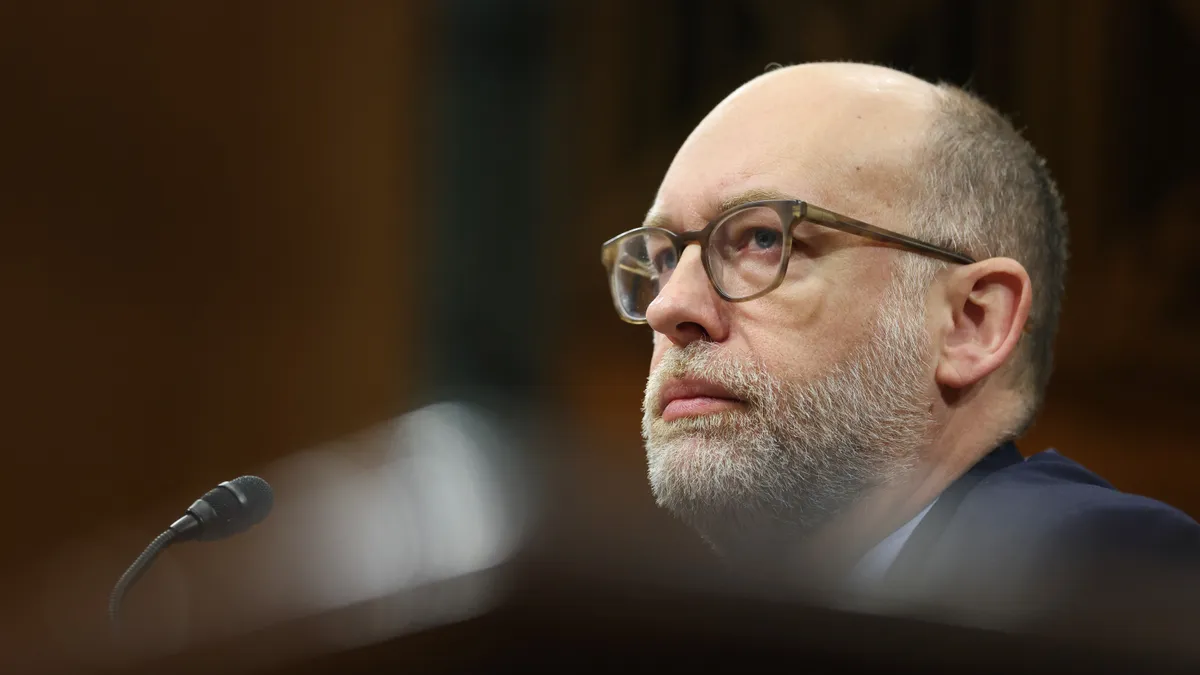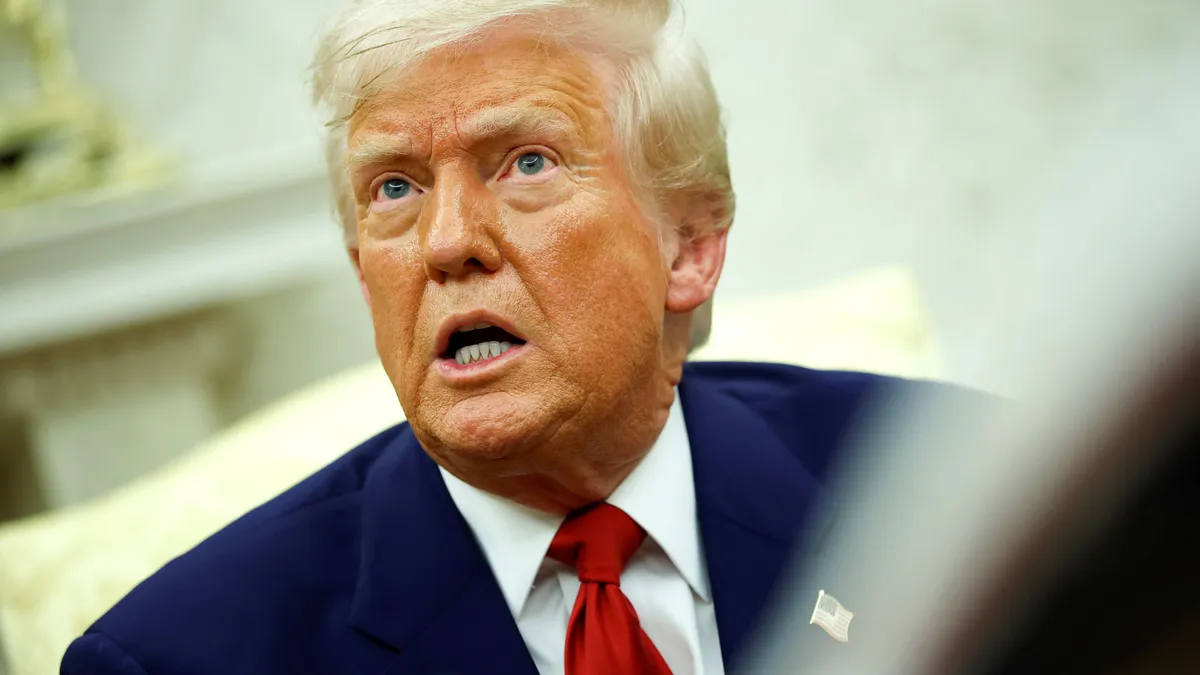A final rule issued Thursday by the Consumer Financial Protection Bureau gives banks and credit unions with more than $10 billion in assets a choice regarding their overdraft policies.
They can choose a blanket $5 charge per overdraft; set a fee that’s equal to their costs and losses from offering overdraft protection; or continue charging overdraft fees at current rates – generally around $35 – as long as those lenders give customers notifications similar to those associated with credit cards, the CFPB said Thursday.
"For far too long, the largest banks have exploited a legal loophole that has drained billions of dollars from Americans' deposit accounts," CFPB Director Rohit Chopra said in a statement Thursday. "The CFPB is cracking down on these excessive junk fees and requiring big banks to come clean about the interest rate they're charging on overdraft loans."
The CFPB estimates Thursday’s changes will save U.S. consumers a collective $5 billion a year.
The final rule, set to take effect Oct. 1, 2025, follows through on a proposal the CFPB floated in January, aiming to reduce overdraft fees to a range between $3 and $14 per instance.
Since then, banks argued in comment letters that the CFPB’s proposal would push them to restrict credit, create higher minimum balance requirements and limit free or low-cost deposit accounts.
The $5 figure is meant to represent what it would cost most banks to continue overdraft protection as a courtesy to customers. But banks that, in the CFPB’s words, want to offer overdraft protection as a “profit center,” rather than a convenience, will have to disclose their interest rate, along with other data that would allow customers to comparison-shop.
They’d also have to let consumers choose whether to open a line of overdraft credit, give them the choice to pay manually or automatically, and send regular statements to customers, the CFPB said.
Thursday’s final rule is almost guaranteed to see near-immediate pushback from entities that wish to stall its implementation.
Rob Nichols, CEO of the American Bankers Association, said in a statement Thursday his organization “will closely review the final rule with our members and consider all options going forward.”
"By taking this action, the Bureau has once again chosen to prioritize demonizing highly regulated and transparent bank fees over its mission to help consumers," Nichols said. "This rule, and the government price controls that accompany it, will make it significantly harder for banks to offer this valuable service to their customers, including those who have few other options to cover essential payments."
Consumer Bankers Association CEO Lindsey Johnson on Thursday called overdraft protection a “critical safety net” and “vital lifeline,” saying the rule would force some Americans to seek credit from payday lenders and pawn shops.
“The CFPB also disregards the bank-led innovations that have enhanced consumer benefits and delivered significant savings within the overdraft ecosystem over the past decade,” Johnson said. “From instituting daily limits on the number of overdraft fees to overdraft cushions and grace periods, top banks have led the way in giving consumers more control over their finances.”
Indeed, overdraft fees have been trending downward for years. Banks such as Ally and Capital One eliminated overdraft fees in 2021. Citi followed in 2022. Others, most notably Bank of America, reduced them from $35 per instance to $10.
Still, consumers paid more than $5.8 billion last year in reported overdraft and nonsufficient funds fees, the CFPB said. That’s down from $12.6 billion in 2019.
Meanwhile, the Biden administration set what it has called “junk fees” in its sights — and banking trade groups have argued the president has unfairly lumped overdraft protection into that category.
Another challenge to Thursday’s rule may come from lawmakers themselves.
Congress may also nullify the rule in the next 60 days through the Congressional Review Act. A new Congress, with Republican majorities in both chambers, is set to convene in January.
Feedback from Thursday’s rule isn’t all negative.
Christine Chen Zinner, a senior policy counsel at Americans for Financial Reform, said the rule could help ensure consumers don’t lose banking access for incurring “excessive overdraft fees.”
“High overdraft fees make it harder for customers to be able to return back to a positive balance,” Chen Zinner said. “It contributes to involuntary account closures, even from customers being blocked out of the banking system altogether.”
Former Federal Reserve Vice Chair Lael Brainard, now the director of the National Economic Council, said in a statement that “excessive overdraft fees have saddled hardworking Americans with charges that really add up, preventing them from getting ahead.” She called the anticipated annual savings to American families “a real relief.”
The “loophole” to which Chopra referred Thursday is a throwback to the late 1960s, when Congress passed the Truth in Lending Act. Families at that time sent and received checks by mail, and deposits and withdrawals cleared via longer processing periods, the CFPB said, and the Fed exempted banks from TILA protections. But since then, processing times have sped up, yet many banks held onto the practice.
Banking trade groups, however, have argued the CFPB's interpretation of TILA is not supported in the act's statutory language.




















